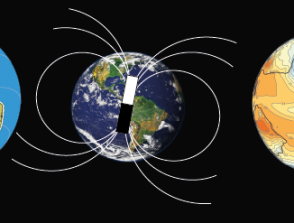Production of magnetosomes for magnetic hyperthermia treatment of glioblastoma
Start: 31 December 2013
End: 27 April 2017
Supervisors :
Edouard Alphandéry (Sorbonne Université - Société Nanobactérie), Jean-Pierre Valet
Related teams :
Paleomagnetism
Status: Defended




